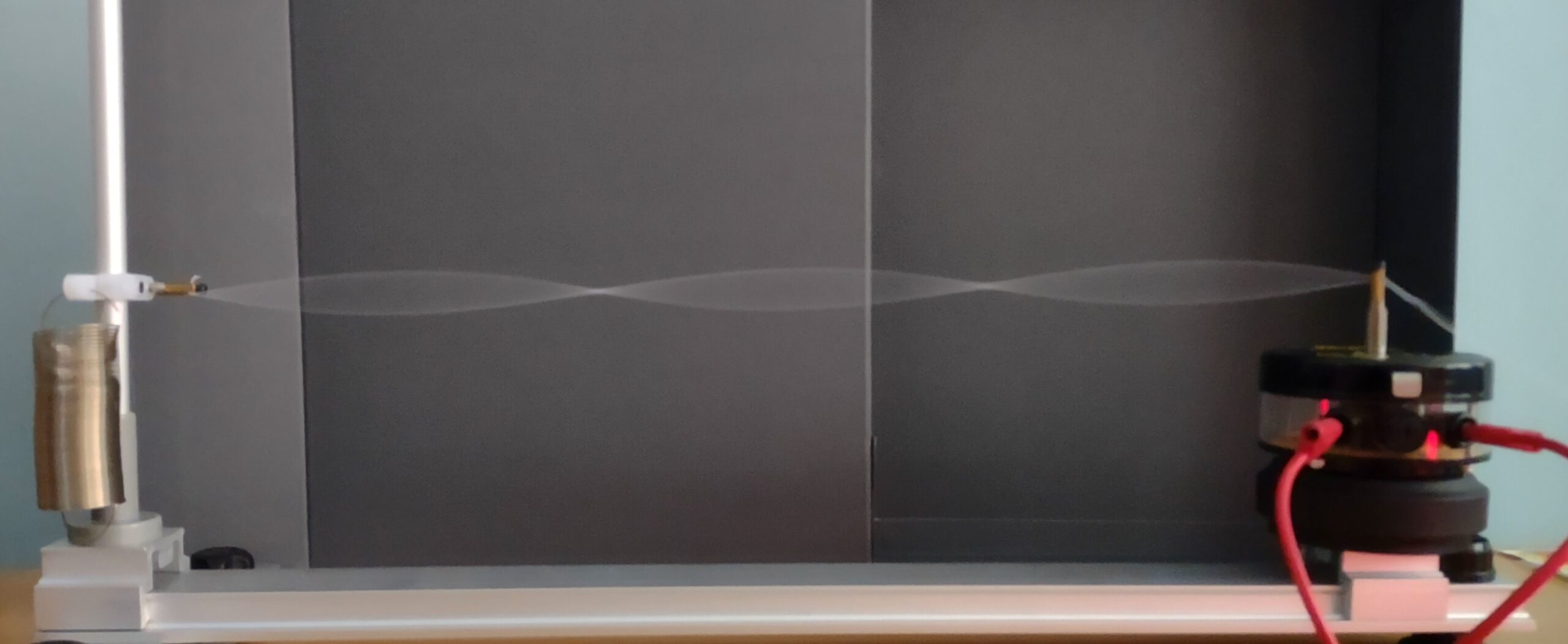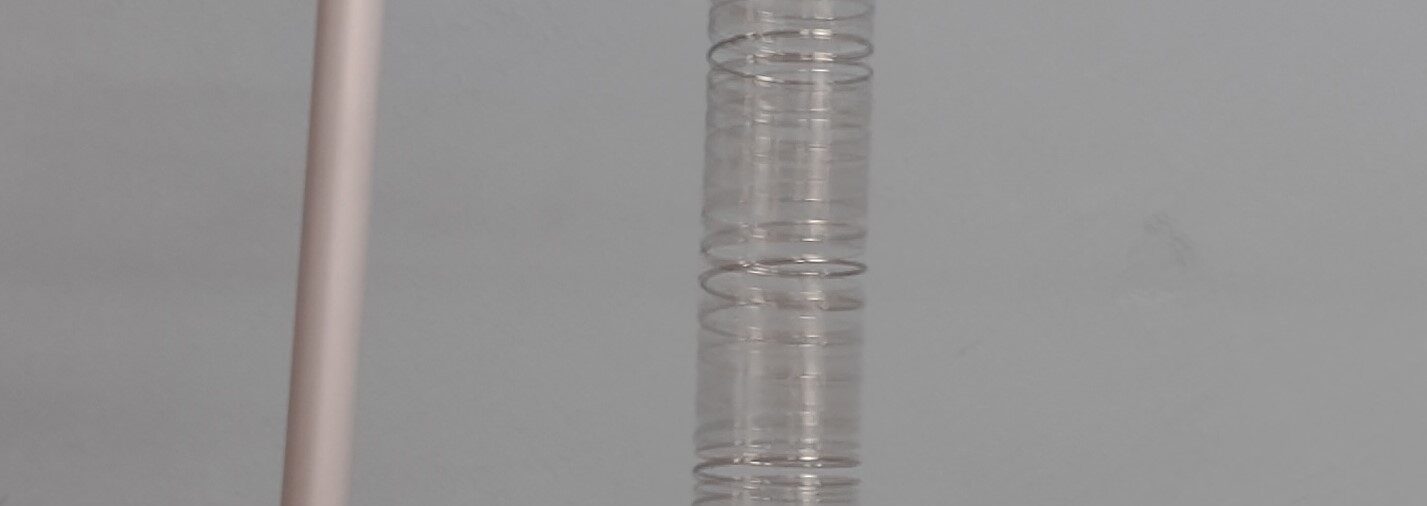
Mechanical Waves Theory
A wave is created when a medium is disturbed from its equilibrium. A wave is the propagation of a disturbance from one point of a medium to another. During the propagation of a wave, energy is transferred from one region of the disturbed system to another without transferring matter. Mechanical waves are the waves which propagate through material media and transfer mechanical energy.
Types of Waves Depending on the way the particles of the medium are agitated, waves can be divided into transverse and longitudinal waves: Transverse waves are the waves in which the particles of the medium are agitated perpendicular to the direction of the wave’s propagation. In a transverse wave, “crests” and “troughs” are formed. Transverse waves only propagate through solids. Longitudinal waves are the waves in which the particles of the medium are agitated in the same direction as the wave’s propagation. “Compressions” and “rarefactions” are formed. Longitudinal waves can propagate through solids, liquids and gases.
